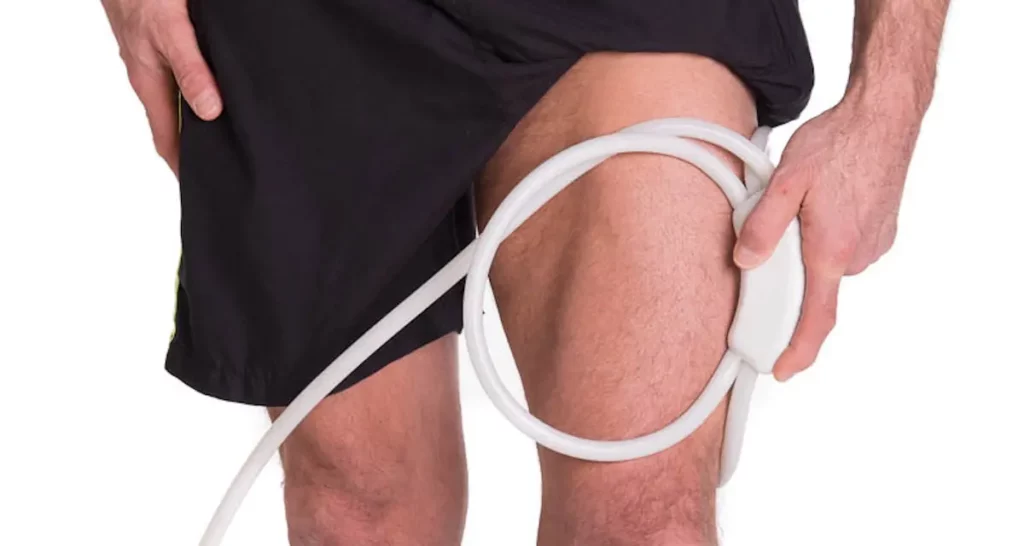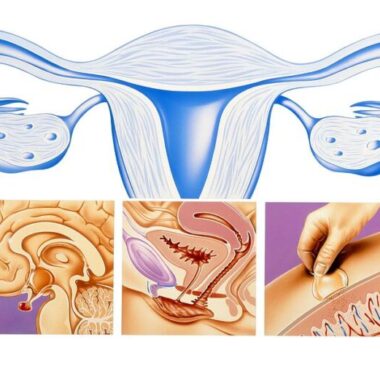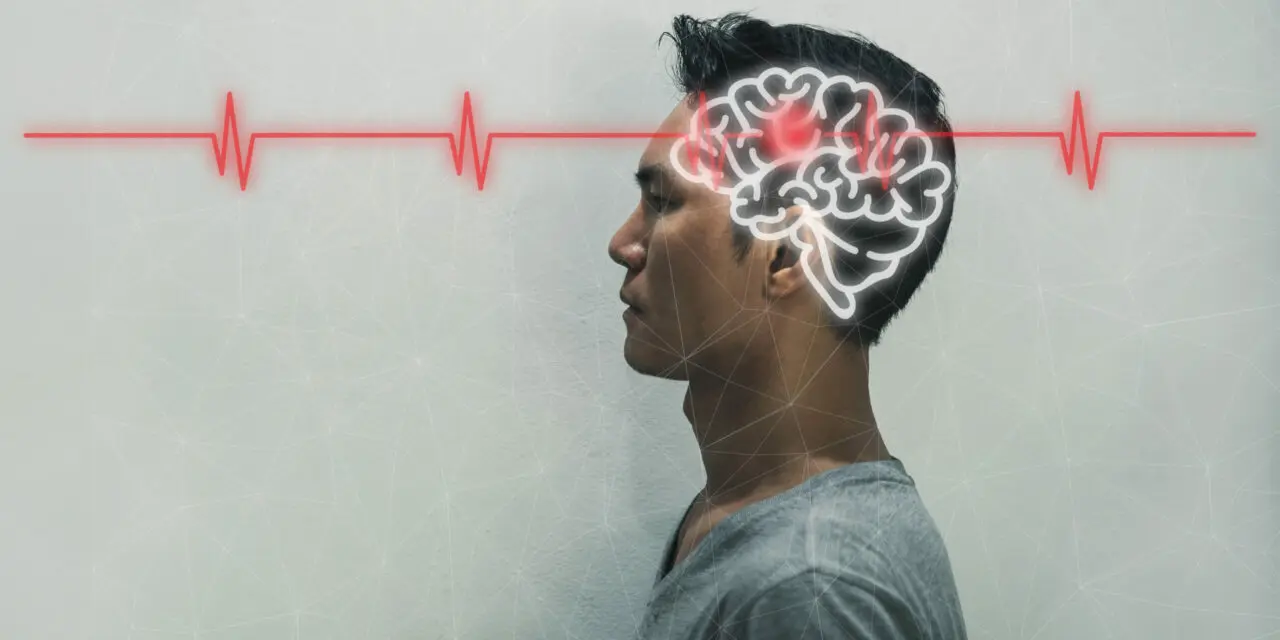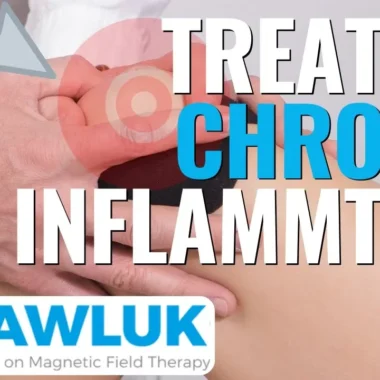PEMF Therapy for Athletes and Sports Performance
Table of Contents

In athletic competition, peak performance is the goal. To reach this optimal performance level, athletes train hard – sometimes harder than they should. Even if the training is appropriate, muscle fatigue results from the effort. Proper recovery and healing is important. When given adequate attention, recovery can allow athletes to thrive. But it can be difficult to allow enough time for recovery when participating in highly competitive sporting events.
After participating in competition, recovery usually take between two and three days. Athletes push their bodies to the limit in competition, and that takes its toll. PEMF therapy is a safe, non-invasive treatment. It can be used before injury to not only enhance athletic performance. Also, it can reduce the risk of becoming injured through strenuous training and competition. PEMF therapy is also effective treatment when injuries do occur.
HOW PEMF THERAPY BENEFITS SPORTS PERFORMANCE
Long ago, people noticed that Eastern European and Russian Olympic athletes would be at the top of their game. This was even after days of vigorous competition. These athletes were using PEMF devices to aid their recovery. Even by 1998 the Eastern Europeans had been using PEMFs for over 30 years. (from Dr. Pawluk’s book “Magnetic therapy in Eastern Europe: a review of 30 years of research)
Brain stimulation, including use of PEMF devices, is not illegal in the Olympics and most professional sports. It’s not considered doping, as there are no chemicals added to the athletes body. Instead, PEMF devices use the body’s own natural electrical charges to heal cells and tissues. This helps relieve stress, soreness and reduce lactic acid in muscles. Many professional athletes worldwide use PEMF devices in their training and recovery.
With PEMF therapy, athletes can both enhance their performance and recover more quickly. It is well established that PEMF therapy can offer an energy boost. PEMF therapy can also improve the condition of muscles, joints, tissues and blood flow. It can also promote clear thinking. PEMFs improve standing balance, indicating more finely tuned and rapidly adaptive nervous system. All of these benefits can aid athletes in reaching their full potential.
Pulsed electromagnetic fields allow muscles to take in more oxygen. This in turn can significantly improve muscle performance and endurance. Muscle stimulation with PEMFs stronger and less uncomfortable than electrical stimulation. This allows for higher peak torque muscle contractions with less discomfort – up to 215% higher. Some people have reported up to 60-70% improvement in overall performance after just a few weeks of using PEMF therapy. That’s a huge difference, especially when you consider that at the competitive level, even a 1% improvement in performance can be the difference between winning and losing.
Muscles work harder and longer, and recover more quickly with magnetic stimulation. Muscles that are used heavily during training and competition tend to spasm, and one classic action of magnetic field therapy is to reduce muscle spasms by stimulating the release of nitric oxide.
I’ve heard many stories first hand about the power of PEMF therapy. One athlete I know of is able to continue performing at a world-class level into his 40s because of his regular use of PEMFs.
REDUCED RISK AND FASTER HEALING FROM INJURY
Studies have already shown positive effects for athletes through the use of PEMF therapy, and research is ongoing to gain even more insight. Because PEMF devices stimulate the body’s natural healing and self-regulating functions, this type of therapy helps optimize performance, accelerate recovery time, and reduce the risk of injury.
Research demonstrates that PEMFs stimulate a process called myosin phosphorylation, which produces energy in muscle. Phosphorylation produces ATP, which is crucial for cell energy. When ATP is depleted, muscles weaken. Strenuous training depletes ATP. That’s why rest, which restores ATP, is so necessary after hard workouts. PEMFs help restore ATP quickly through stimulation of myosin phosphorylation, reducing recovery time.
Athletic training can also impact a protein called heat stress (sometimes called heat shock) protein. When cells are damaged through heating, they produce heat shock protein. It’s been found that gentle stimulation techniques, such as PEMFs, can induce heat shock proteins before potential damage (such as before an intense workout) and reduce tissue damage. Research using magnetic devices to stimulate heat shock proteins in the heart muscle prior to open heart surgery is being conducted. The preliminary results indicate that stimulation of these proteins decreases muscle damage from the surgery, and improves results and recovery.
Participation in any type of sport comes with some risk of injury. Most often, these injuries are caused by overuse of muscles and/or improper training methods. Many athletes push themselves to compete despite having an injury, which only make the injury more serious.
Concussion is a common concern about many athletes. There’s a substantial research literature supporting the use of PEMF therapy in the better and faster recovery from concussion. PEMF therapy does not leave the recovery from concussion to chance.
Injury prevention is preferred, of course, and PEMF therapy can help with that. But if an injury does occur, PEMF therapy can help you heal sooner.
A SNAPSHOT OF RESEARCH ON PEMF THERAPY FOR ATHLETES AND SPORTS PERFORMANCE
In a study using rats, PEMF therapy was examined in relation to how it could be used to accelerate healing in rotator cuff injuries. Results showed a positive effect on healing when treated with PEMFs, as compared to untreated subjects, with no adverse side effects.
Another randomized, double blind trial explored whether PEMF therapy could provide pain relief in subjects with chronic musculoskeletal pain, with positive results. Athletes are susceptible to chronic pain due to overuse of muscles and joints. If this pain can be reduced through the regular use of PEMFs, athletes – both professional and recreational – may be more easily able to fully participate in their athletic activities.
Other research has shown that PEMF therapy is beneficial in healing fractures more quickly, as well as addressing soft tissue injuries such as sprains, strains and tendonitis. These soft tissue injuries are a regular part of many high-level athlete’s lives.
HOW PEMF THERAPY WORKS TO ENHANCE PERFORMANCE
Your body’s chemical reactions are stimulated by electrical signals, allowing cells to work more efficiently. Thus, PEMF therapy works at the cellular level to both boost energy production and protect against cellular breakdown.
PEMF therapy also stimulates oxygenation of blood and tissues, improving performance and endurance. PEMF therapy also induces proper reduction of lactic acid, which helps soothe sore muscles.
Injuries and stress on tissues produce swelling (edema), which delays the ability of tissues to receive the oxygen and nutrients they need. Ice is a common treatment for athletes, and ice will reduce superficial swelling, but it won’t touch deep bruising or swelling in the muscles. PEMFs penetrate tissues deeply and completely, without risking harm to superficial tissues in the process (unlike ice which can freeze these tissues, causing harm).
Since PEMFs reduce swelling, blood will be removed from a bruised area more quickly, leading to faster recovery and the ability to return to training or competition. Treatment before damage has settled into the tissue is preferred, since once this happens, healing takes longer.
A number of well known professional and olympic athletes, including football, baseball and basketball players, use PEMF therapy as a regular part of their training and recovery.
A few examples include: former lightweight boxing champion Carlos Palomino; NFL players Terrell Owens and Garrison Hearst; Chicago Cubs pitcher and 2015 Cy Young Award winner Jake Arrieta; a former Red Sox outfielder and US Swim Team and Olympic Gold Medalist Brendan Hansen. The Phoenix Suns basketball team even invested in a PEMF machine of its own. There’s a reason so many well known athletes are turning to PEMF therapy: it works!
Another benefit to athletes owning a PEMF device to use in their regular training routine is the versatility of use. Once you have the device, it can be applied to many different situations. This means that you’ll already have what you need to use for health maintenance and injury recovery, should an injury occur. The range of applications PEMFs can be used for makes a device a solid investment for athletes at any level.
FINDING THE RIGHT PEMF THERAPY FOR ATHLETES AND SPORTS PERFORMANCE
PEMFs reduce pain and swelling, relax muscles, decrease irritability of nerves, improve circulation, help your body detoxify, and stimulate RNA and DNA to balance cell membrane charge, promote repair of cell damage, improve sleep and reverse jet lag. In addition, PEMFs work in the same ways as reflexology and acupuncture in the body.
While specific injuries require localized, targeted therapy to promote healing, athletes can often benefit in multiple ways from PEMF therapy, even when no explicit injury is present.
It’s not cost effective or practical to purchase multiple units to cover the whole range of localized therapy you may need at some point. Many athletes like a small portable, battery-operated system, a stronger local system and often a stronger whole body system. That’s why I prefer devices that promote a general response in both your body and brain. When you use PEMFs regularly as a preventative measure, your body can decide what it needs and how it will respond at any given time.
Optimal muscle functioning is crucial for all athletes, all the time. When muscles are consistently working the way they should, you can maintain structural integrity and maximize performance in your chosen sport. Not only can this increase your chances of winning, but it will also reduce your chance of injury and help your body recover more rapidly should injury occur. Use of a full body PEMF device before and after workouts, tryouts, or competition promotes all of these benefits.
WE CAN HELP YOU CHOOSE THE BEST SYSTEM FOR YOUR ATHLETIC NEEDS
If athletic training and sports participation is a part of your life, whatever the level, PEMF therapy can help keep you at the top of your game. Whether you need improved energy and recovery during training, or you’ve experienced an injury and are looking to reduce the down time required before you can train again, PEMF therapy can help. To find out more about how, and what the best device for you is, call our medical office at (866) 455-7688 or visit our website to schedule a consultation. With regular use of PEMFs you may discover athletic performance higher than ever before!
REFERENCES
Han TR, Shin HI, Kim IS. Magnetic stimulation of the quadriceps femoris muscle: comparison of pain with electrical stimulation. Am J Phys Med Rehabil. 2006 Jul;85(7):593-9.
Huegel J, Choi DS, Nuss CA, et al. Effects of pulsed electromagnetic field therapy at different frequencies and durations on rotator cuff tendon-to-bone healing in a rat model. J Shoulder Elbow Surg. 2018;27(3):553–560. doi:10.1016/j.jse.2017.09.024
Thomas AW, Graham K, Prato FS, et al. A randomized, double-blind, placebo-controlled clinical trial using a low-frequency magnetic field in the treatment of musculoskeletal chronic pain. Pain Res Manag. 2007;12(4):249–258. doi:10.1155/2007/626072.










